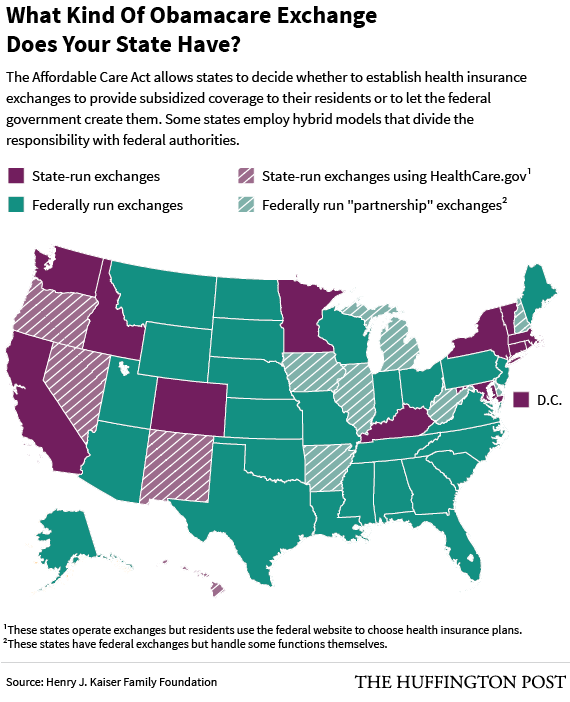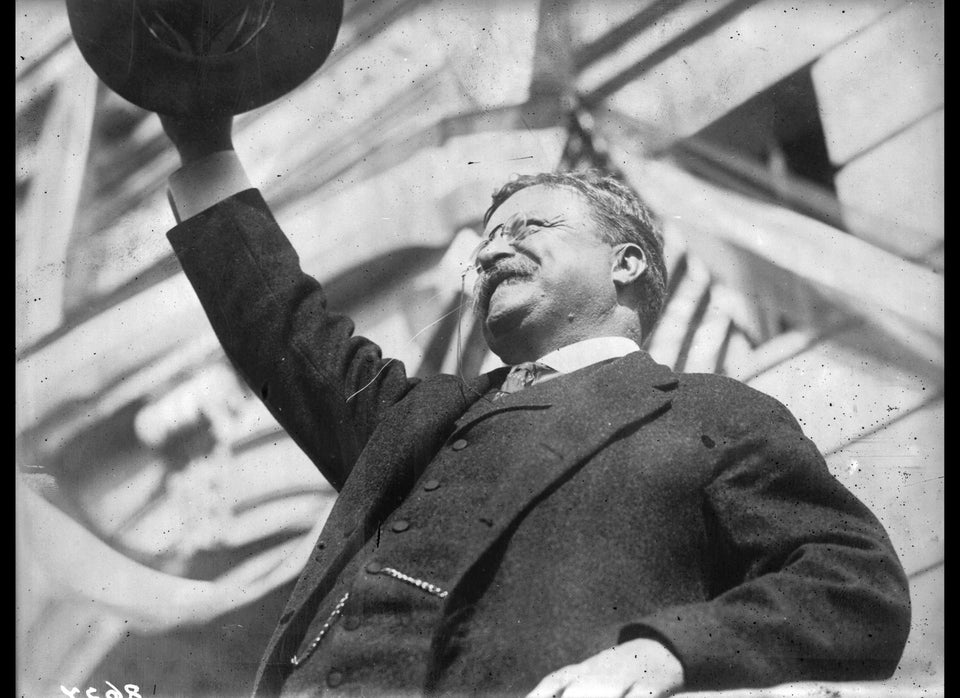WASHINGTON -- Six million people have enrolled in private health insurance plans through the federal exchange marketplace on HealthCare.gov since Nov. 1, President Barack Obama said Friday.
Notably, 2.4 million of those enrollees are new to the health insurance exchanges this year, and the remainder are current customers who visited the website to comparison shop for coverage that takes effect next year. The tally doesn't include millions of other currently covered people who will automatically be renewed in their plans because they didn't choose a different one.
"Years of steady implementation of the Affordable Care Act helped to drive the rate of the uninsured in America below 10 percent for the first time since records were kept on that. Health care prices have grown at their lowest level in five decades, 17 million more Americans have gained coverage," Obama said during a press conference at the White House. "The more who sign up, the stronger the system becomes, and that's good news for every American who no longer has to worry about being just one illness or accident away from financial hardship."
The enrollment numbers Obama cited don't count sign-ups in 12 states and the District of Columbia that operate their own exchanges. On Thursday, Covered California reported that more than 197,000 people had signed up as of Tuesday.
Thursday was the deadline for health insurance exchange customers to choose a plan that will be in place at the beginning of the year. The final deadline for enrollment on the health insurance exchanges for 2016 is Jan. 31.
Enrollment surged as Thursday's deadline approached. During the final five days of sign-ups, 1.8 million people enrolled, 48 percent of whom were new to the marketplaces, Centers for Medicare and Medicaid Services acting Administrator Andy Slavitt told reporters on a conference call prior to Obama's press conference.
On Monday and Tuesday -- the original deadline for January coverage before it was extended by two days -- 1.1 million people signed up. On Tuesday alone, 600,000 people enrolled, making it the busiest day in the three years of enrollment under the Affordable Care Act, the agency reported. The enrollment total is likely to increase in the coming days because administration officials are still working with about 1 million people who weren't able to get through to the call center or website near the deadline and left contact information with the exchange.
"In the days leading up to the deadline, we saw unprecedented demand. There was both unprecedented amount of traffic at the call center and unprecedented amount of activity at HealthCare.gov," Slavitt said. "It's clear now that many people have been waiting to purchase coverage until this enrollment cycle."
The 6 million figure is compared with the 3.4 million who had selected a health insurance plan via the federal exchanges at last year's deadline for January coverage, according to the Centers for Medicare and Medicaid Services.
The Department of Health and Human Services projects that 10 million people will have private health insurance coverage from an exchange next year, a modest increase from this year. The administration based this target in part on the recognition that many of those who needed coverage the most and qualified for generous financial assistance are already in the system, and that the remaining uninsured are harder to find and persuade to enroll.
"We're targeting a tougher segment of the population to attract, so we're highly encouraged by the results that we're seeing so far," HealthCare.gov CEO Kevin Counihan said on the conference call. "There is pent-up demand for coverage and, most importantly, we're growing and refreshing the risk pool."

A significant challenge the health insurance exchanges face during the current sign-up campaign is that average premiums rose at a higher rate than they did a year ago, intensifying affordability concerns, especially for those whose incomes qualify them for little or no subsidies. And health insurance companies like UnitedHealth Group report financial losses from their exchange customers, who turned out to be sicker and costlier than expected, which is the primary reason for premium hikes.
Those premium increases could explain a high degree of comparison shopping by current enrollees.
As of Thursday, 3.6 million people who have Obamacare coverage now used the exchange to choose a plan, which represents the majority of current enrollees, according to the Centers for Medicare and Medicaid Services. The agency didn't know how many of those people selected different plans or how many looked at alternatives but renewed their present policies. Another factor that could contribute to more shopping is that hundreds of thousands of consumers don't have the option of retaining their current plans because they aren't available next year, including those who purchased coverage for one of the dozen health insurance co-ops that have folded.
The Centers for Medicare and Medicaid Services couldn't provide an estimate as to how many remaining current enrollees haven't chosen plans again and will be automatically re-enrolled in their plans next month. As of June, 9.9 million people had marketplace coverage, a decline from 11.7 million in February.
Counihan attributed the strong start to demand for health insurance coverage, the availability of financial assistance for low- and moderate-income households and improvements to HealthCare.gov that make it easier for consumers to find information about plans' costs, benefits and the health care providers in their networks.
The tax penalty for not having health coverage also significantly increases next year to a minimum of $695 per adult, which may be spurring more people to look for health insurance, Counihan said.
The Republican-led Senate approved a measure this month that would repeal many of the Affordable Care Act's main provisions, and the House plans to vote on the same legislation next month, setting up a presidential veto. This week, Congress approved a bill that would delay three taxes from the law that help to finance the coverage expansion, including the "Cadillac tax" on high-cost health insurance policies.
This post has been updated with more details on enrollment numbers.
Also on HuffPost:

